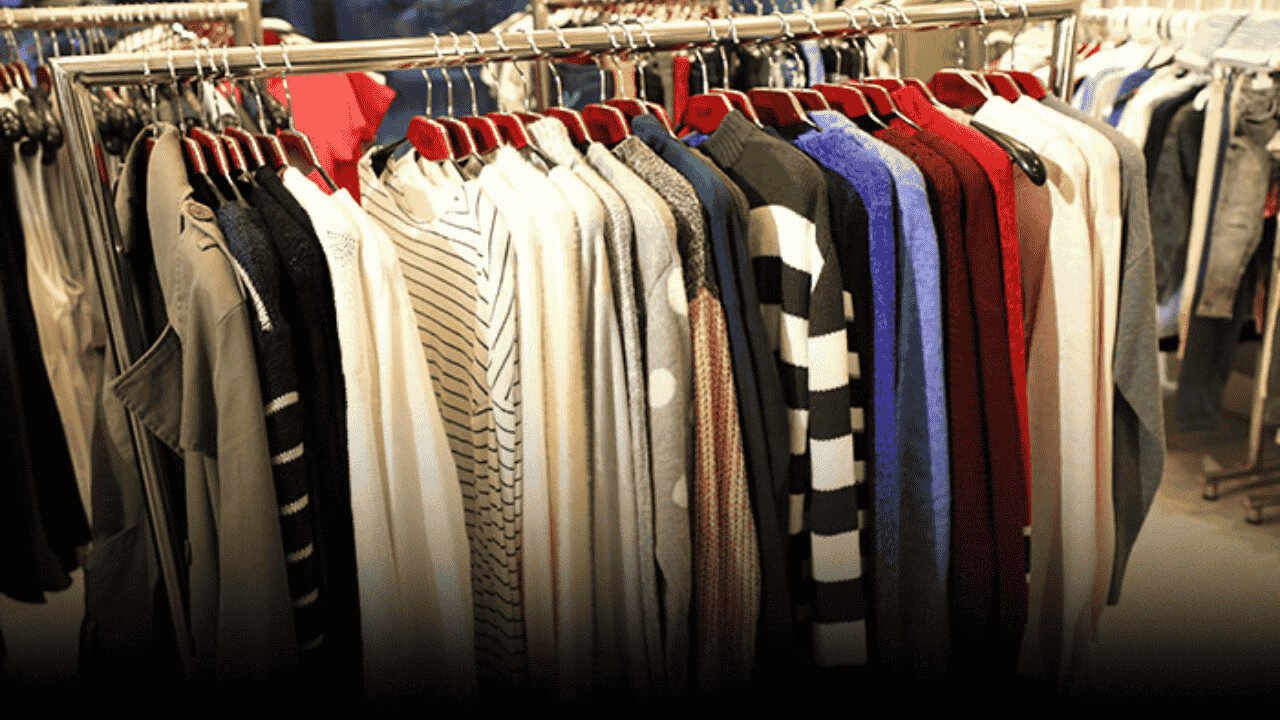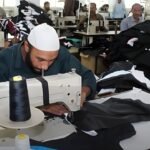By Qudsia Bano
Pakistan’s value-added textile exports hit their highest first-quarter level in five years, signaling a strong comeback for the country’s largest export sector.
The growth reflects a decisive move toward finished goods and shows how local manufacturers are adjusting to global demand changes, according to the Pakistan Textile Council’s latest Textile & Apparel Exports Q1FY26 Report.
Textile Exports Reach $3.99 Billion — Highest in Five Years
Pakistan’s value-added textile exports climbed to $3.998 billion in Q1 FY26, up from $3.685 billion during the same period last year.
Knitwear led the way with a 12.2% jump to $1.424 billion, while non-knit apparel rose 6.1% to $1.057 billion. Other textile items — including bed linen, towels, and household fabrics — increased 6.9% to $1.517 billion, marking their strongest quarterly showing ever.
This growth represents a clear rebound from FY24, when exports slipped to $3.20 billion. Over five years, the segment has expanded from $3.43 billion in FY22 to nearly $4 billion in FY26, underscoring its resilience amid shifting global trade patterns.
Knitwear and Home Textiles Lead the Way
The report identifies Pakistan’s top export items under HS Chapters 61–63, including cotton-based bed sheets, bath towels, knitted T-shirts, hosiery, and ready-made garments.
Knitwear continues to perform best, driven by high demand for comfortable cotton wear in Western markets. Bed linen and towel exports also held steady, confirming Pakistan’s edge in home textile manufacturing.
Within product categories, T-shirts, jerseys, and hosiery dominated knitwear exports, while cotton ensembles and men’s suits led non-knit apparel. In made-up textiles, bed sheets and cotton covers saw the strongest demand.
Although a few items — like embroidered bed linen and certain glove types — saw minor declines, the overall momentum in finished goods stayed strong.
Export Growth Fueled by Compliance and Quality
The Council credited the success of value-added exports to Pakistan’s strict compliance with international standards and ability to deliver large-scale orders for buyers in Europe and North America.
However, it cautioned that high energy costs and slow policy reforms continue to hold back the sector’s full potential.
The report noted that Pakistan’s production costs remain higher than regional competitors due to elevated power tariffs, indirect taxes, and delayed refunds. These challenges make it harder for exporters to benefit from global shifts in sourcing, such as companies looking to move manufacturing closer to home (“nearshoring”).
PTC Suggests Policy Reforms and Green Incentives
The Council urged the government to introduce targeted incentives for exporters who achieve measurable increases in value addition, particularly through sustainable production methods.
It recommended export rebates tied to Sustainable Development Goals (SDGs) and Environmental, Social, and Governance (ESG) compliance to encourage greener and higher-quality output.
Additionally, the PTC called for greater support in innovation financing, skill training, and product diversification.
Expanding access to the Export Finance Scheme (EFS) and Long-Term Financing Facility (LTFF) — along with funding for green manufacturing — could help modernize factories and reduce environmental impact.
A Sector on the Rise
The Council said the rise in value-added exports reflects a more mature and adaptive textile industry. With consistent government policies, predictable energy prices, and market-based wages, Pakistan could strengthen its shift from being a raw-material exporter to becoming a competitive producer of finished garments and home goods.
The report concludes that Pakistan’s textile industry stands at a promising turning point — one that could define its future place in global trade if the right policies and reforms continue.
Author Profile
-
Qudsia Bano is a financial correspondent focused on Pakistan's fiscal health.
Her reporting, driven by SBP data, tracks the country's vital foreign exchange reserves. Bano’s work highlights the central bank's success in stabilizing reserves near the $19-20 billion range, underscoring its crucial effort to maintain exchange rate stability.





